Often referred to as the “Pearl of the South,” Guangzhou is a vibrant metropolis that combines rich historical heritages with modern skylines. Set on the banks of Pearl River in southern China, this bustling city serves as a cultural and commercial hub. Guangzhou’s critical position in the international trading realm and its worldwide cuisine reputation offer traveling opportunities like no other. From centuries-old temples and markets to futuristic skyscrapers to indulging in Canton cuisine, this city offers many incredible historic sites and culinary experiences. Undeniably, this city garners the interest of historians and curious travelers alike. Without any doubt, this travel guide covers everything you need to plan your perfect trip to one of China’s most dynamic cities.
What are the must-visit attractions in Guangzhou?
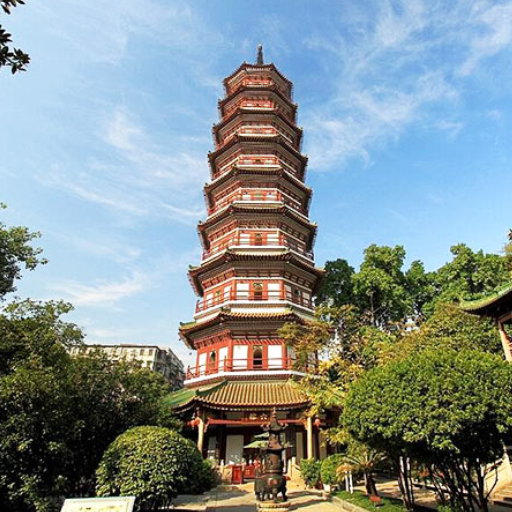
An examination of the famed Yuexiu Park
Located in the heart of Guangzhou, Yuexiu Park is the largest park in the city and a place of great cultural and historical significance, attracting many visitors. The Five Rams Statue, a symbol of both the legend surrounding Guangzhou’s founding and its economy, is one of the park’s major attractions. Another essential building near the park is Zhenhai Tower, a highly ancient five-story building that has now been converted into the Guangzhou Museum, depicting the city’s history. Furthermore, the park is also home to the remains of the city walls of the Ming Dynasty, allowing visitors to discover the history of Guangzhou. The park contains picturesque gardens, tranquil lakes, and walking paths, making it a key site for appreciating and understanding the city’s history.
Unveiling the Wonders on Shamian Island
Shamian Island, a unique location in Guangzhou, is famed for its 19th-century trading post. This site is essential because it burst into one of the most popular locations for trade in the 19th century, fully decorated with British and French architectural buildings serving as museums. Today, visitors can appreciate Shamian Island for the parks, cafes, and social venues that offer an escape from the busy city. You can take a walk tamed by trees and enjoy the beautiful churches full of glamour. This island indeed provides glorious views alongside deep historical heritage.
Marveling at the Guangzhou Opera House
The Guangzhou Opera House serves as a cultural centerpiece in Southern China and as a Sufficiently futuristic design by world-renowned architect Zaha Hadid, it was completed in 2010, where it seemingly resembles two boulders resting on the shore of Pearl River. The fluid organic shapes of the building delineate skillful engineering through advanced technology in glass and steel construction. It is a hub of artistic performances and exhibitions with a built-in premier gallery, a multifunction hall, and a grand theater. People all over praise the cutting-edge acoustics and flexible stage mechanics it boasts. The Guangzhou Opera House is regarded around the globe as an architectural design marvel.
When is the best time to visit Guangzhou?

Grasping the climate of Guangzhou’s Seasons
The region of Guangzhou has a subtropical monsoon climate, featuring hot and moist summers and mild dry winters. The best period to visit and enjoy is between October and December when the temperatures are mild, the rain is less, and the humidity is lower. During this stretch, visitors can easily engage in Outdoor activities and explore cultural sites. The spring season is also lovely from March to May, but there may be some light showers. Peak summer months from June to August are extremely hot with high humidity and chances of Typhoons, so that period should be avoided.
Manage plans with the Canton Fair Schedule in mind
The Canton Fair, which takes place in Guangzhou, is a grand exhibition that occurs bi-annually and is divided into three separate phases in April-May and October-November. Each phase focuses on unique sets of products, so the period you choose to visit should align with your interests. It is essential to book the accommodation immediately as these dates are in high demand. There is very little room availability, and the rates are usually high. Also, arrange travel in advance to avoid hassle when there. Those not participating in the fair should know that the city becomes very congested and the traffic is bad during those times, affecting the nearby sites and services.
How do you get to and around Guangzhou?
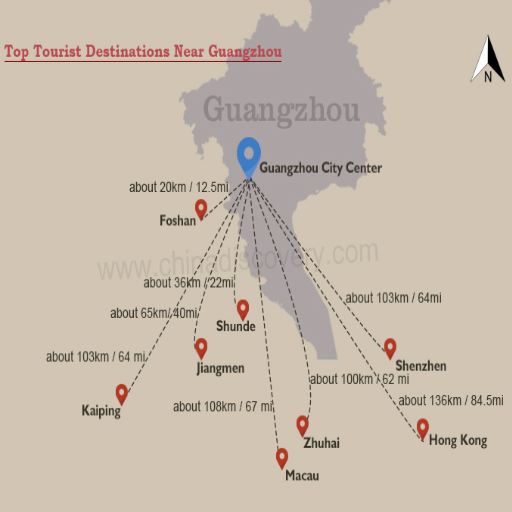
Getting around the Guangzhou subway network
With 16 lines in operation and over 500 stations serviced, the Guangzhou subway system is one of the world’s most comprehensive and efficient transportation networks. Each line is assigned a number and a distinct color, making it easy for riders to identify. Fares are distance-based and range from RMB 2 to RMB 14. Tickets are available for purchase at self-service kiosks located at each station. For added convenience, passengers can use the Yang Cheng Tong transportation card and make mobile payments through WeChat or Alipay. Signage across the network is available in Chinese and English, making it easier for international riders. The trains operate daily from 6 AM to midnight, with a good frequency of service and low waiting times.
Exploring Taxis and Other Means of Transport
You can use Taxis in the city as one form of transportation since they can take you from one point to the other and, in most cases, are available in all city locations. Usually, pricing is done through a taximeter, which starts with a base fee and then increases according to distance and time. If you want to avoid being ripped off, make sure the driver uses the meter. Alternatively, there are mobile taxi booking services like Didi Chuxing, which emphasize transparency and offer more options, including shared and premium vehicles. For those who prefer not to walk, bike-sharing systems and electric scooters are also readily available for short commuting distances, making them an environmentally friendly, affordable transportation option.
Where are the best places to stay in Guangzhou?
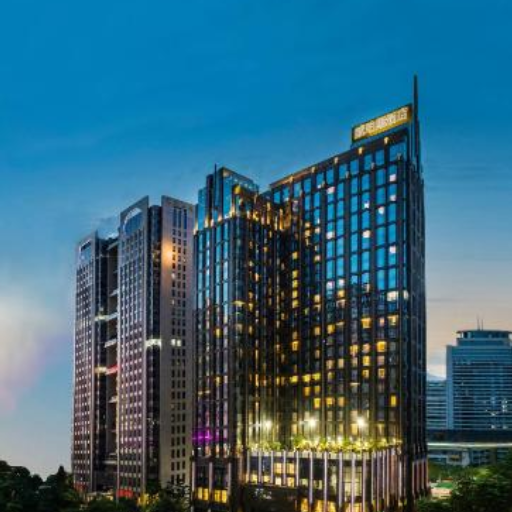
Luxury Accommodations in Tianhe District
Tianhe district is a commercial center in Guangzhou and is home to some of the city’s most luxurious accommodations. Located above the city, The Four Seasons Hotel Guangzhou offers unparalleled dining, jaw-dropping views, and an overall lavish experience. The Mandarin Oriental Guangzhou offers elegance and convenience with its spacious suites, destination spa, and upscale shopping nearby. Travelers looking for a modern aesthetic will be blown away by Jumeirah Guangzhou’s contemporary design, celebrated cuisine, and remarkable service. All three offer exceptional relief and proximity to the district’s most important attractions and business centers.
Budget-Friendly Options Near Guangzhou East Railway Station
Lavande Hotel Guangzhou East Railway Station is perfect for those looking for budget-friendly accommodations without sacrificing comfort, cleanliness, and accessibility to public transportation. 7 Days Premium Guangzhou East Railway Station provides basic yet comfortable rooms. Cleanliness and consistency are never an issue, and service is dependable. Vienna International Hotel Guangzhou East is also a good option, noted for its stylish decor, which bestows upon it the reputation of being an ideal choice for budget-conscious travelers.
What are the must-try Cantonese dishes in Guangzhou?
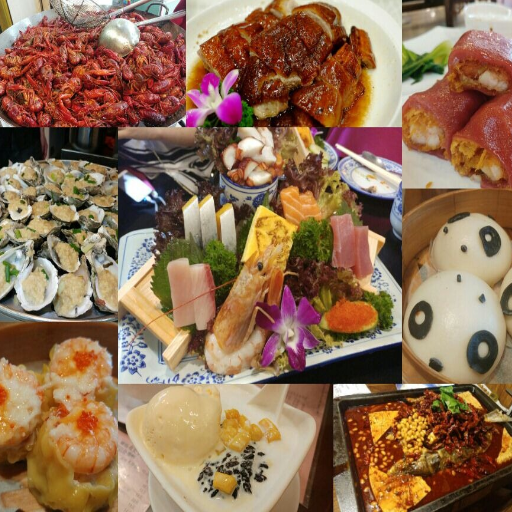
Relishing traditional dumplings and other reputable dishes
Dumplings and other Chinese dishes can be found in almost every region, but one can see the most authentic ones in Guangzhou, China. Start with siu mai, which comes with pork stuffing, or har gow, which comes with shrimp stuffing. Other popular dishes include cheung fun and egg tarts, which show the diversity of dishes in Guangzhou. Please ensure you try the steamed rice rolls and the sweet pork buns, which will leave you wanting more. Make sure to stop by Pan Xi Restaurant as well as Tao Tao Ju for the best service and fresh food. You will also have more choices at Dian Dou De.
Savoring Indigenous culinary treats from the streets of the city
The street food of Guangzhou fully embodies the cultural richness of the city’s cuisine by offering an assortment of tastes and textures that appeal to any food lover. Some local specialties worth experiencing are shahe fen (rice noodle rolls), a smooth and delectable delicacy commonly paired with soy sauce and sesame paste. Another snack is chestnuts, which have a toasty outer layer. Another set of specialties includes fried oyster pancakes, which offer a crispy texture alongside the soft and tender chew of fresh oysters. Local dolled-up rice balls and lamb kebab add greater depth to the mild savor and fragrance the city is known for. To fully appreciate the food, head to the busy street food areas at Shangxiajiu Pedestrian Street, Beijing Road, or the streets around Haizhu Squar,e where local street culture and food are melded with the city’s spirit.
What are some essential travel tips for visiting Guangzhou?
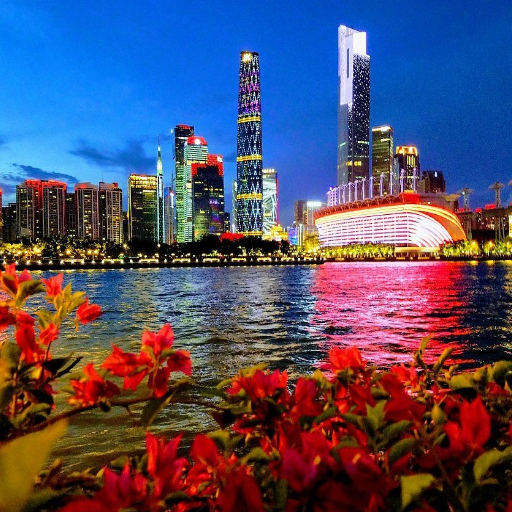
Overcoming Language Barriers in Guangzhou
People in Guangzhou can speak Mandarin, but the local dialect is predominantly Cantonese. To avoid language problems, it is advisable to utilize the translation application, which can help with text and voice translations in real-time. Knowing specific phrases in Mandarin or Cantonese, such as how to say hello and even ask a few questions, can greatly enhance one’s experience. Moreover, many tourist sites, hotels, and more prominent restaurants have English speakers on staff, but this is not the case with suburban establishments or smaller businesses. It may also be helpful for tourists to have a guidebook or a card that contains essential locations in Chinese characters to show taxi drivers or locals to ask for directions.
Respectfully, call customs new sans to the city etiquette and culture.
Guangzhou sauntered, visited the restaurant, and admired the relevant customs in consideration. Locally, people are not used to shaking hands, so smiling and nodding a bit is polite. It is also important not to forget dining etiquette. While eating, people should not play with the chopsticks. Instead, strive to show appreciation by commencing the meal with the eldest person and trying to hint at all offered dishes. Tips are not routinely encouraged, unlike most other restaurants and taxis, although hotels and high-class places may appreciate such honesty. One should also ensure modesty while visiting temples and other sacred places. When sauntering around public areas, courtesy should be exercised for loud or rough actions while personal space should be respected and quiet exercised.
Budgeting in Guangzhou
To budget efficiently in Shenzhen, one should understand budgeting cost structures that differ in standards from those of international and local counterparts. Budget hotels or hostels are plentiful for economical lodging and range from 150 to 300 RMB per night. Local diners and street vendors serve moderately priced meals, with costs ranging from 200 noodles to 50 RMB, whereas finer establishments could charge more than 200 RMB per person. The public transportation system, including buses and the metro, is incredibly inexpensive at 2 RMB for a fare, making it a much cheaper option than taxis, which many budget-friendly travelers must use. Most popular sites and cultural attractions have relatively permissive entry fees ranging from 10 to 60 RMB, and many parks and cultural locations are free of charge. By integrating local resources with some level of pre-planning, tourists can be guided throughout Guangzhou in a relaxed and affordable manner.
Reference sources
Frequently Asked Questions (FAQs)
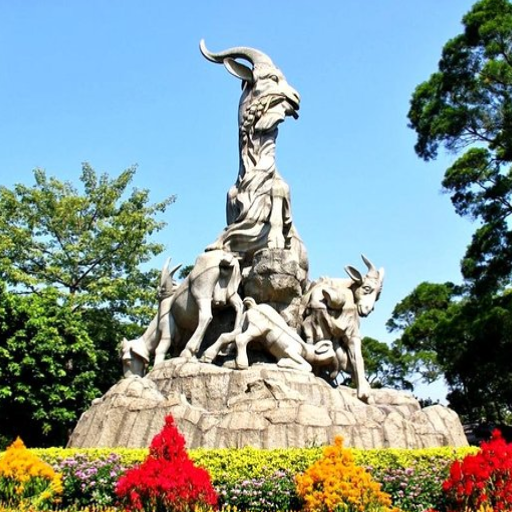
Q: What are the best things to eat in Guangzhou?
A: Guangzhou is famous for its Cantonese cuisine. Some must-try dishes include dim sum, roast goose, wonton noodles, and claypot rice. Don’t miss out on trying local specialties at traditional teahouses and street food markets throughout the city. The city is also known for its seafood, so be sure to sample some fresh catches from the South China Sea.
Q: What are some recommended hotels in Guangzhou?
A: Guangzhou offers a wide range of accommodations to suit various budgets. Some popular choices include the Garden Hotel, located in the city center, and luxury options in Zhujiang New Town. For those seeking a more local experience, consider staying in the Shamian Island area. Many international hotel chains are also present in Tianhe, the city’s business district.
Q: What are the top tourist attractions for Guangzhou tourism?
A: Key attractions include the Temple of Six Banyan Trees, the Mausoleum of Nanyue King, and Canton Tower. Nature lovers should visit White Cloud Mountain for scenic views. For a glimpse of modern Guangzhou, explore Zhujiang New Town. Don’t miss a cruise on the Pearl River to see the city’s beautiful skyline at night. The Orchid Garden and Chen Clan Ancestral Hall are also worth visiting for their cultural significance.
Q: How do I get to Guangzhou from nearby cities like Hong Kong or Shenzhen?
A: Guangzhou is well-connected to nearby cities. From Hong Kong, you can take a high-speed train which takes about 1 hour. From Shenzhen, the journey is even shorter at around 30 minutes by train. There are also frequent flights from major cities like Shanghai to Guangzhou Baiyun International Airport. If you’re already in Guangdong province, intercity buses are another option.
Q: What’s the best way to get around Guangzhou?
A: Guangzhou has an extensive and efficient public transportation system. The metro is the fastest way to get around, covering most areas of interest. Buses are also widely available but can be crowded during peak hours. Taxis are plentiful and relatively inexpensive. For short distances, consider renting a bike as the city has many dedicated cycling lanes.
Q: Can you provide a brief Guangzhou guide for first-time visitors?
A: First-time visitors should start by exploring the historical sites like the Temple of Six Banyan Trees and the Mausoleum of Nanyue King. Then, head to modern areas like Zhujiang New Town for a contrast. Don’t miss out on Cantonese cuisine – try dim sum for breakfast or lunch. Take a Pearl River cruise in the evening to see the city lights. If time permits, plan a day trip to White Cloud Mountain. Remember to carry a translation app as English is not widely spoken.
Q: What’s the best time of year for a Guangzhou trip?
A: The best time to visit Guangzhou is from October to early December when the weather is mild and dry. Spring (March to May) is also pleasant but can be rainy. Summer (June to September) is hot and humid with occasional typhoons, while winter (December to February) can be chilly. If possible, avoid the Chinese New Year period (usually in January or February) as many businesses close and travel becomes hectic.
Q: Are there any recommended Guangzhou tours for tourists?
A: Many tour operators offer guided experiences in Guangzhou. Popular options include food tours that introduce you to authentic Cantonese cuisine, historical tours covering sites like the Mausoleum of Nanyue King, and modern city tours exploring Zhujiang New Town. For a unique experience, consider a Pearl River night cruise or a day trip to nearby traditional villages. Always book with reputable companies and check recent reviews before choosing a tour.